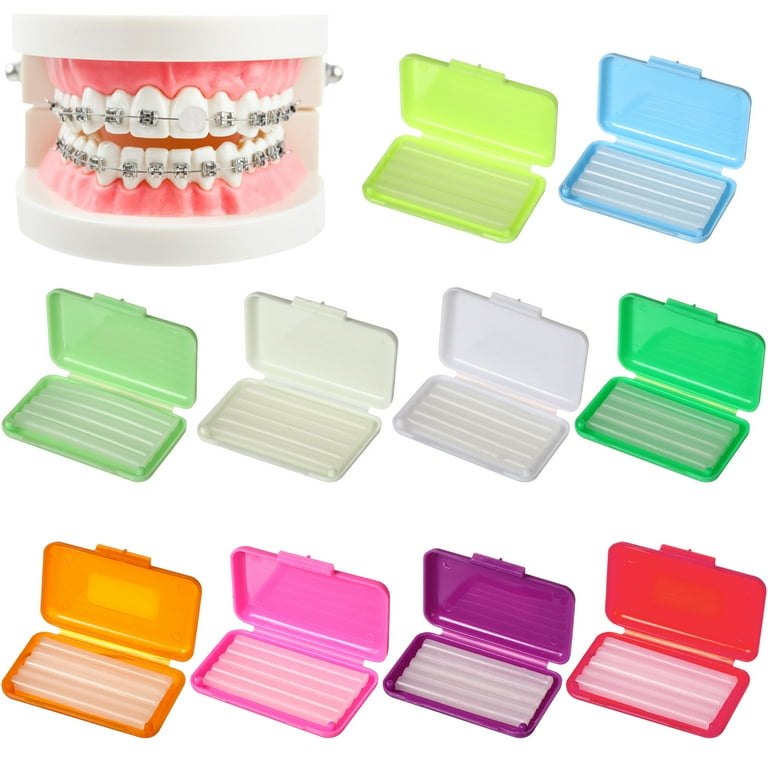Locating the Right Cumming Orthodontist for Your Braces and Aligners Requirements
Locating the Right Cumming Orthodontist for Your Braces and Aligners Requirements
Blog Article
Comprehensive Guide to Orthodontics Treatments for Dealing With Dental Misalignments
Understanding the complexities of each treatment, including their devices, benefits, and potential drawbacks, is essential in making notified choices concerning one's orthodontic treatment. As we navigate with the thorough guide to orthodontic procedures for dealing with oral misalignments, the complex details of each technique will unfold, losing light on the course towards a harmonious and practical oral positioning.
Orthodontic Procedures Review

Normal changes and tracking are essential parts of orthodontic treatment to ensure development is on track and to make any necessary alterations along the way. By undergoing orthodontic procedures, individuals can not only accomplish a straighter grin yet also improve their overall dental health and feature.
Typical Dental Braces: Just How They Work
When considering orthodontic treatments for oral imbalances, conventional dental braces stick out as a reliable approach for fixing teeth placing. Standard braces consist of brackets, cables, and bands that interact to use continual pressure on the teeth, slowly relocating them right into the preferred alignment. The brackets are affixed to the teeth making use of an unique adhesive, and the wires are threaded via the brackets. By adjusting the tension of the wires, orthodontists can control the instructions and pressure related to each tooth, leading them right into correct placement in time.
One secret element of how conventional dental braces work is the process of bone improvement. As stress is related to the teeth through the dental braces, the bone surrounding the teeth is reshaped to support the brand-new tooth settings. This remodeling is crucial for the long-lasting stability of the fixed positioning. People will need normal adjustments at the orthodontist's office to guarantee the dental braces remain to apply the right pressure for efficient teeth motion.
Unnoticeable Aligners: Disadvantages and pros
These clear, tailor-made trays are practically invisible when put on, making them an attractive option for people seeking a much more aesthetically pleasing orthodontic therapy. Clients can remove the aligners prior to eating or cleaning their teeth, minimizing the risk of food obtaining stuck in the home appliance and simplifying the cleansing process.

Surgical Orthodontic Options
Surgical treatments in orthodontics existing sensible alternatives for addressing complex oral imbalances that may not be effectively settled via standard orthodontic therapies. While invisible aligners and typical dentists office dental braces can fix lots of orthodontic concerns, certain cases need medical treatment to achieve ideal results. Surgical orthodontic options are commonly suggested for serious malocclusions, substantial jaw discrepancies, and cases where the underlying bone framework needs adjustment to achieve appropriate placement.
One common surgical orthodontic procedure is orthognathic surgery, which includes rearranging the jaws to deal with functional concerns such as problem chewing or talking. This surgery is commonly performed in collaboration with an orthodontist that assists align the teeth prior to and after the procedure. Surgical orthodontics might also entail treatments to expose affected teeth, remove excess gum cells, or reshape the jawbone to create an extra unified facial account.
Prior to considering medical orthodontic options, patients go through a thorough examination to establish the necessity and possible benefits of such interventions. orthodontics. While surgery may seem challenging, it can substantially boost both the feature and visual appeals of the smile in instances where traditional orthodontic therapies fail
Retainers and Post-Treatment Treatment

Post-treatment treatment involves complying with the orthodontist's instructions faithfully. This may include appropriate oral health techniques, participating in follow-up appointments, and wearing the retainers as recommended. Failing to follow post-treatment treatment instructions can result in relapse, where the teeth slowly relocate back in the direction of their initial placements. Regular retainer wear, good oral hygiene, and regular dental examinations are necessary for keeping the outcomes achieved through orthodontic surgery and guaranteeing the long-lasting stability of the remedied dental positioning.
Conclusion
In conclusion, orthodontic treatments use numerous choices for remedying dental misalignments. Traditional dental braces utilize metal brackets and cords to change teeth right into appropriate positioning. Unnoticeable aligners provide an even more discreet alternative yet may not be appropriate for all cases. Surgical orthodontic alternatives are offered for much more extreme misalignments. Retainers are typically made use of post-treatment to preserve the brand-new positioning. In general, orthodontic treatments can successfully improve oral health and wellness and visual appearance.
As we browse through the extensive overview to orthodontic procedures for remedying dental misalignments, the detailed details of each technique will certainly unfold, dropping light on the course toward a practical and unified dental positioning. - invisalign
One of the most usual orthodontic therapies is the use of braces, which are composed of steel brackets and wires that apply mild stress to progressively shift teeth right into the wanted position.When considering orthodontic treatments for oral imbalances, typical braces stand out as a time-tested technique for dealing with teeth positioning. Additionally, undetectable aligners might not be ideal for intricate orthodontic problems linked here that require even more substantial teeth movement, as they are commonly advised for mild to moderate situations. Retainers are tailor-made orthodontic gadgets created to hold teeth in their remedied positions after the conclusion of orthodontic therapy.
Report this page